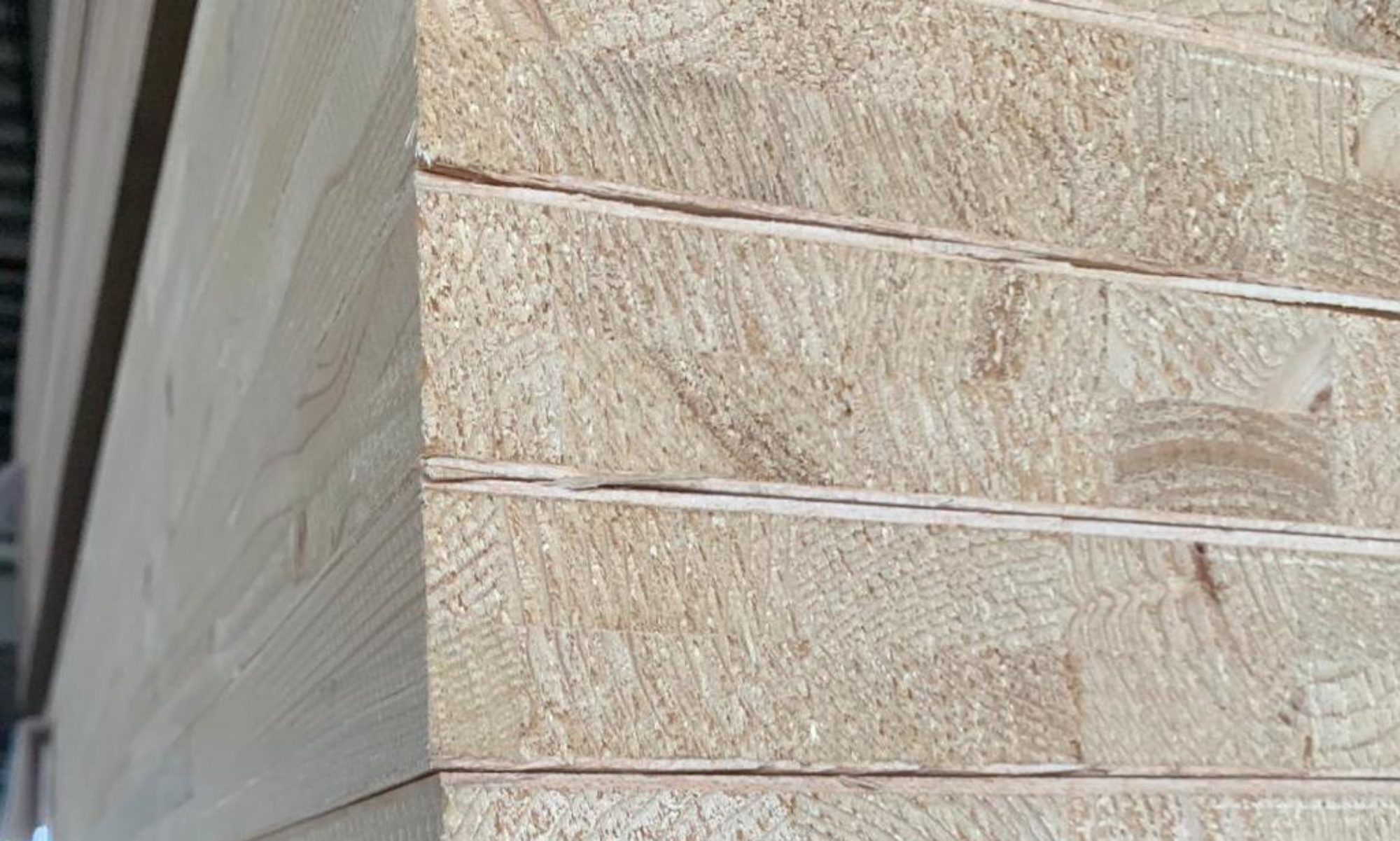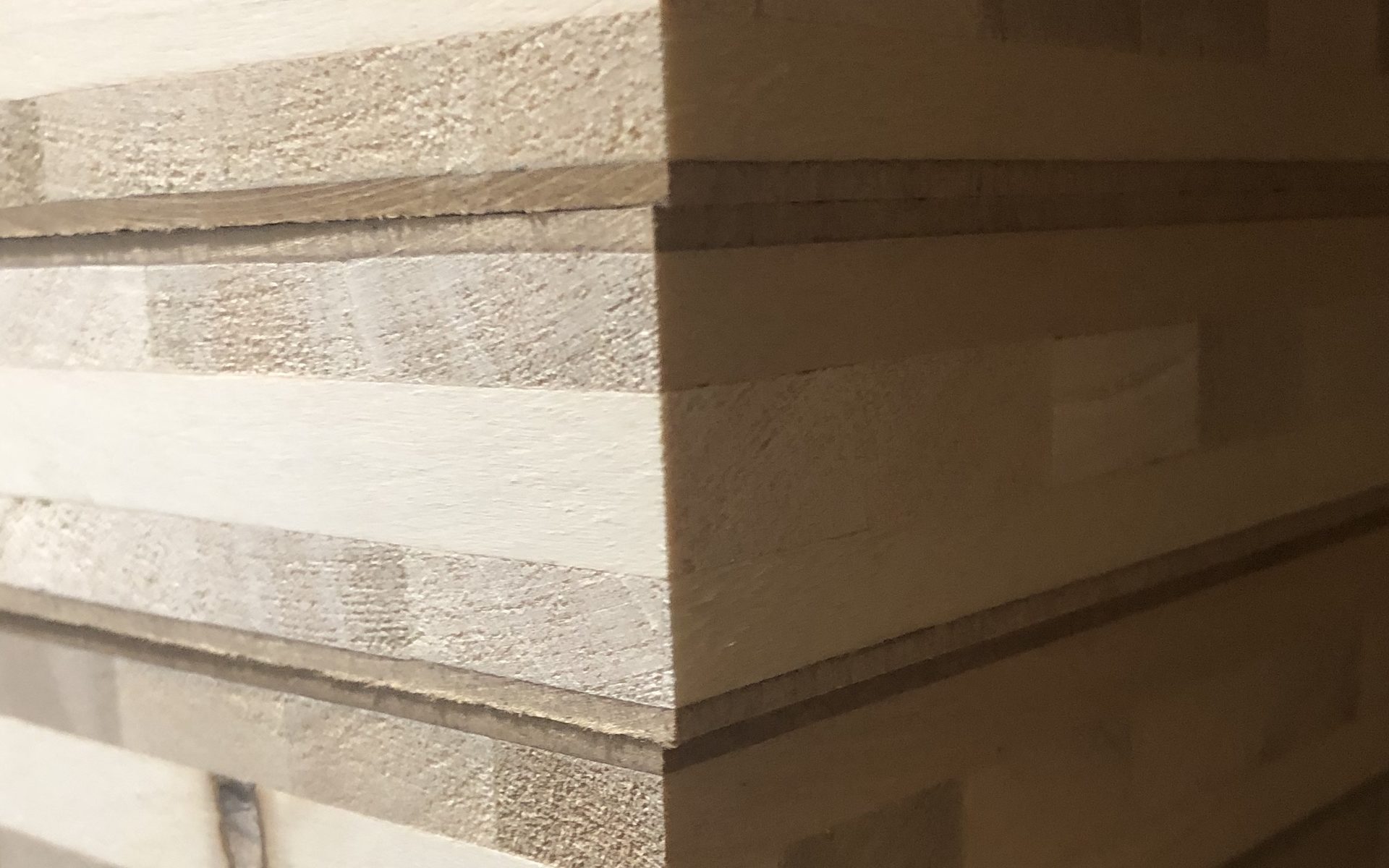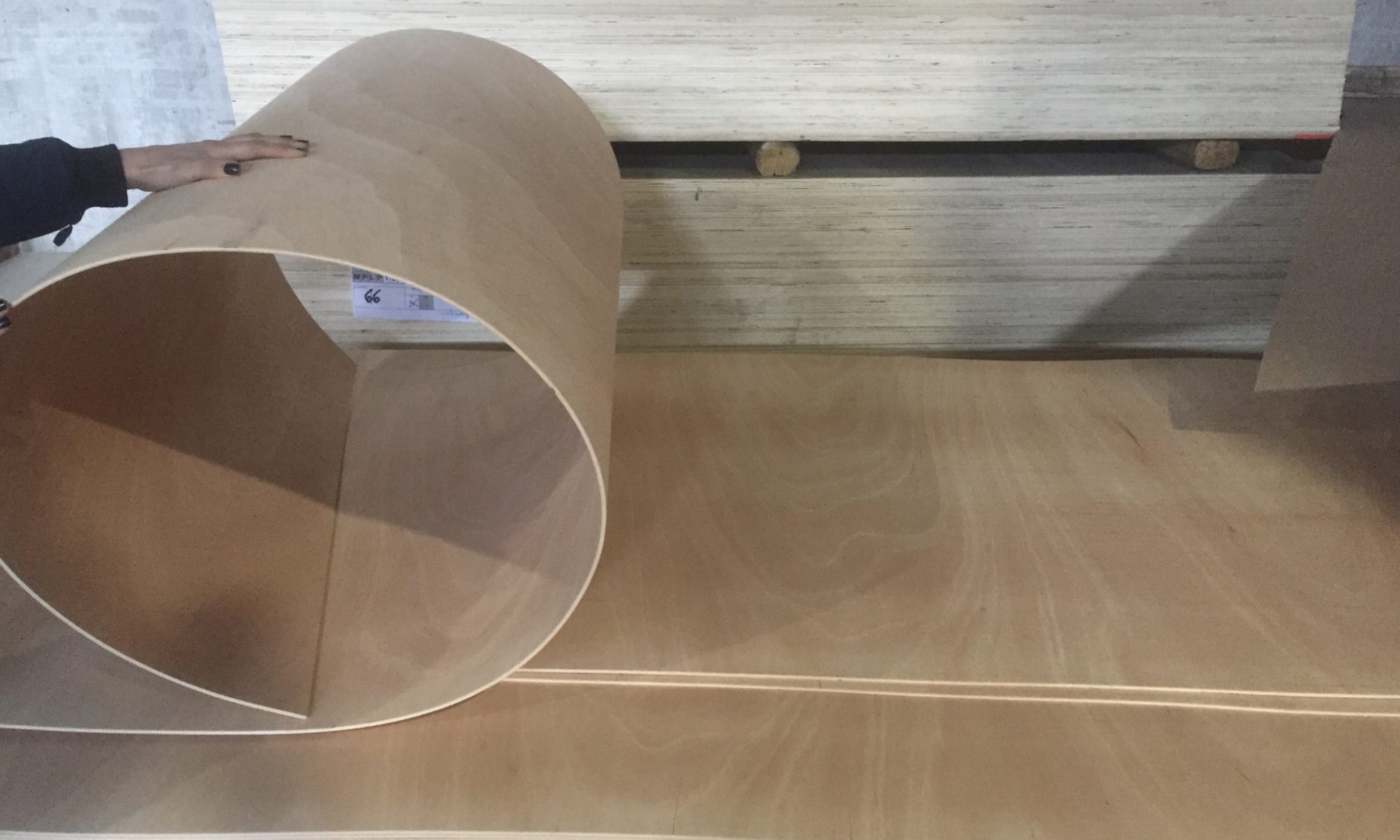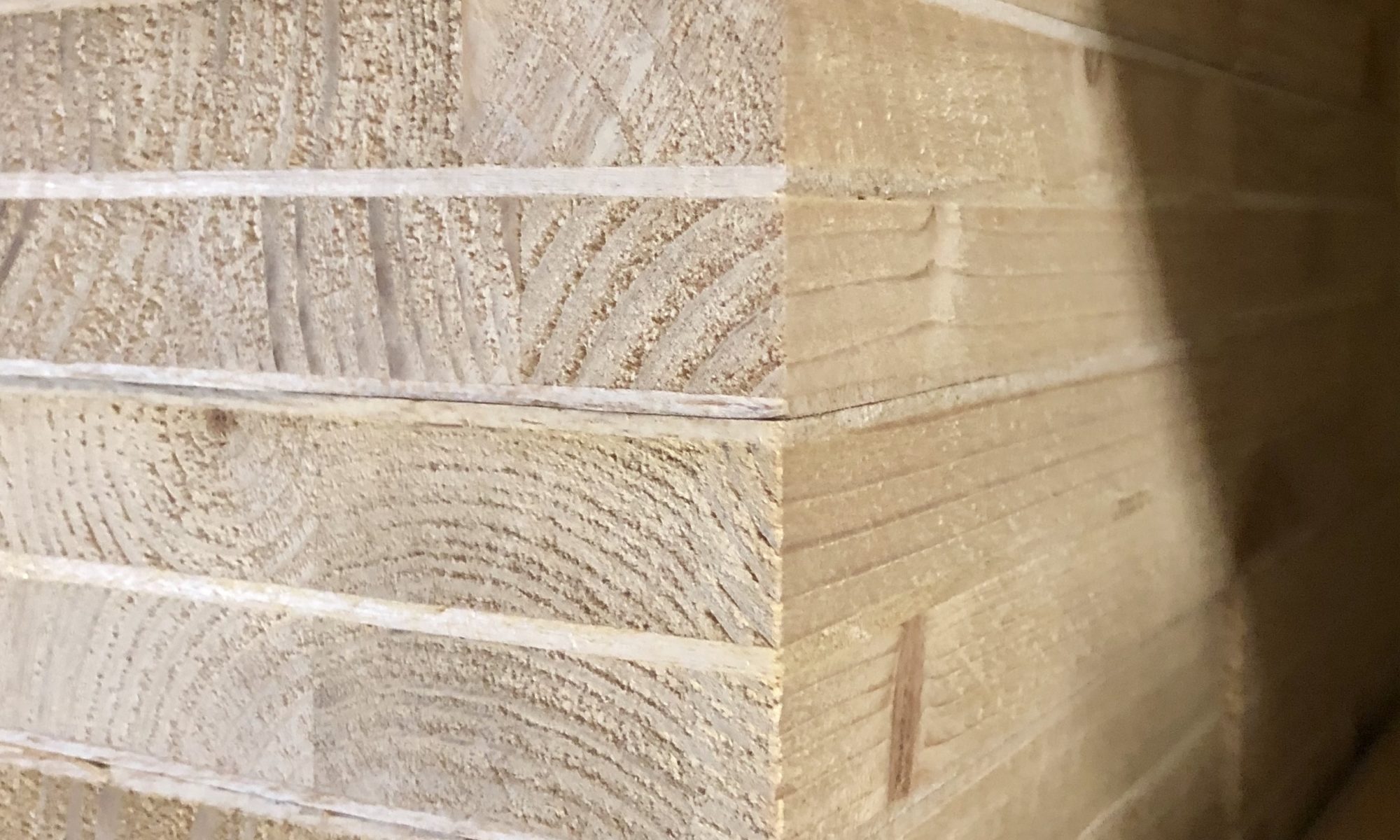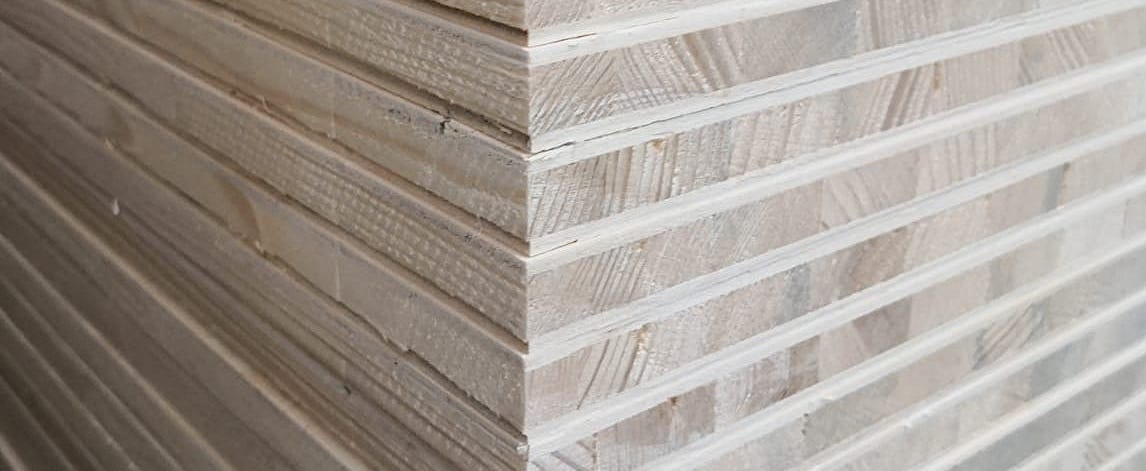 When producing large-size sliding doors, dividers and partitioning, tables and bench tops, the risk of warping or bowing is very high.
When producing large-size sliding doors, dividers and partitioning, tables and bench tops, the risk of warping or bowing is very high.
The so-far unequalled solid wood solution, is triple-core poplar blockboard.
Triple-core blockboard is a special construction with 3-ply of cross-banded blockboard cores, overlaid by poplar veneer or thin HDF.… Read more...
Multiflex, the flexible and bendable plywood
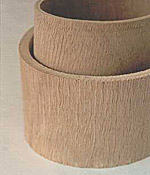 Multiflex is a special kind of plywood which, thanks to its particular composition, has a high flexibility and bend-ability that can be applied on a curved radius.
Multiflex is a special kind of plywood which, thanks to its particular composition, has a high flexibility and bend-ability that can be applied on a curved radius.
Multiflex is a very practical solution to produce curved structures, especially when small radii are required.
Multiflex is a unique product for the ease with which it can take any curvature and rounded shapes, including “S” or circular.… Read more...
Double-core blockboard, the thick lumber core
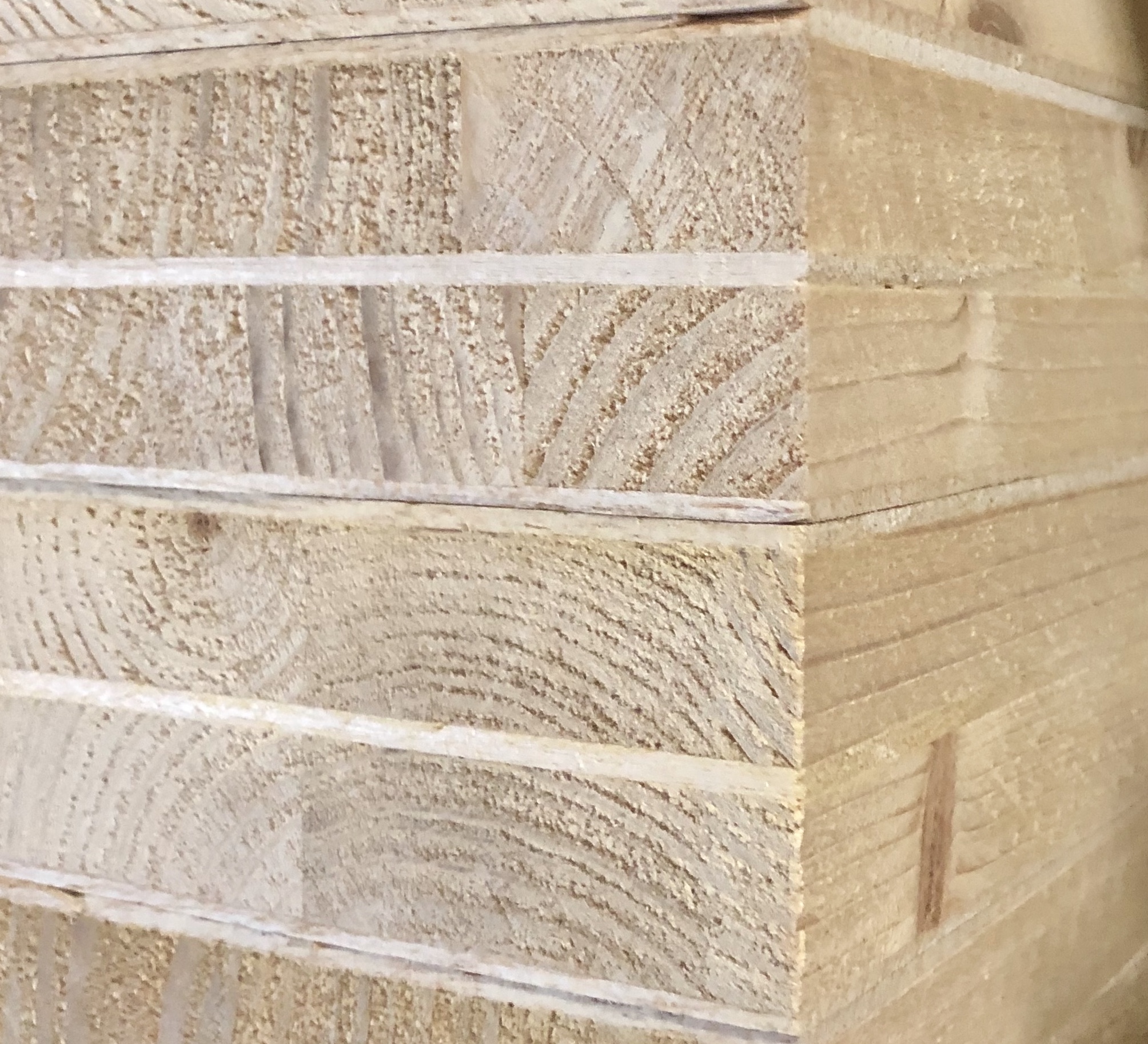 Double-core blockboard is a special kind of construction to produce thick lumber core panels, generally in the thicknesses between 34 mm and 60 mm.
Double-core blockboard is a special kind of construction to produce thick lumber core panels, generally in the thicknesses between 34 mm and 60 mm.
This kind of panel has superior bending strength, lightness and screw-hold ability in comparison to any other kind of wood-based panel.
While the most common application is door frames, it’s suitable for the production of high-quality door, tables, and structural furniture components like shoulders.… Read more...
5-layer blockboard, the light and stable lumber core
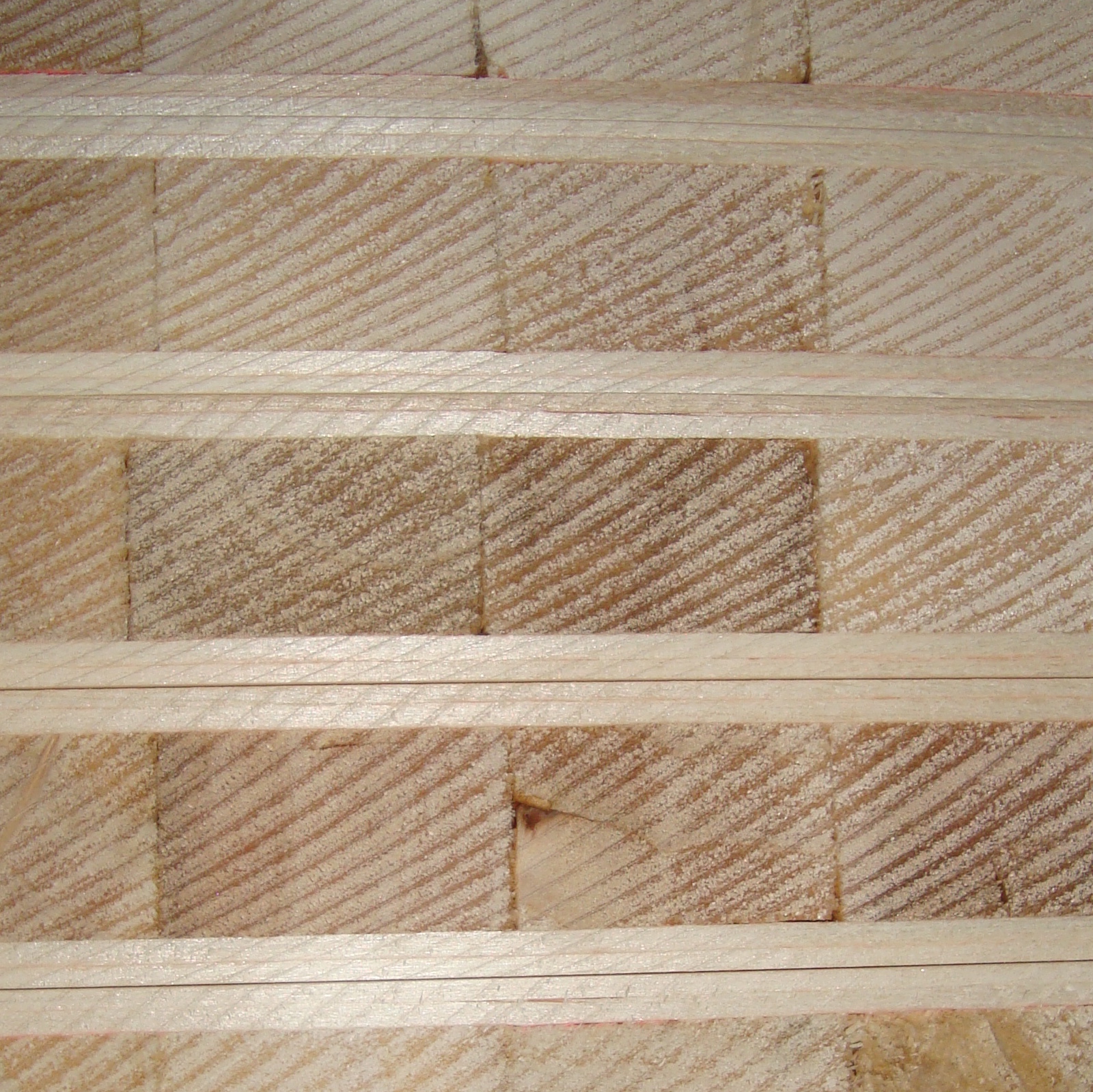 Blockboard (aka lumber core) is well known worldwide due to its characteristics of bending strength, lightness and screw-hold ability. As it’s a real solid-wood alternative to timber, suitable for the production of high-quality and long-lasting furniture and furnishings. It is commonly used for shutters (also with large dimensions), structural components (shoulders), long book shelves, partition walls and cabinet-making.… Read more...
Blockboard (aka lumber core) is well known worldwide due to its characteristics of bending strength, lightness and screw-hold ability. As it’s a real solid-wood alternative to timber, suitable for the production of high-quality and long-lasting furniture and furnishings. It is commonly used for shutters (also with large dimensions), structural components (shoulders), long book shelves, partition walls and cabinet-making.… Read more...
